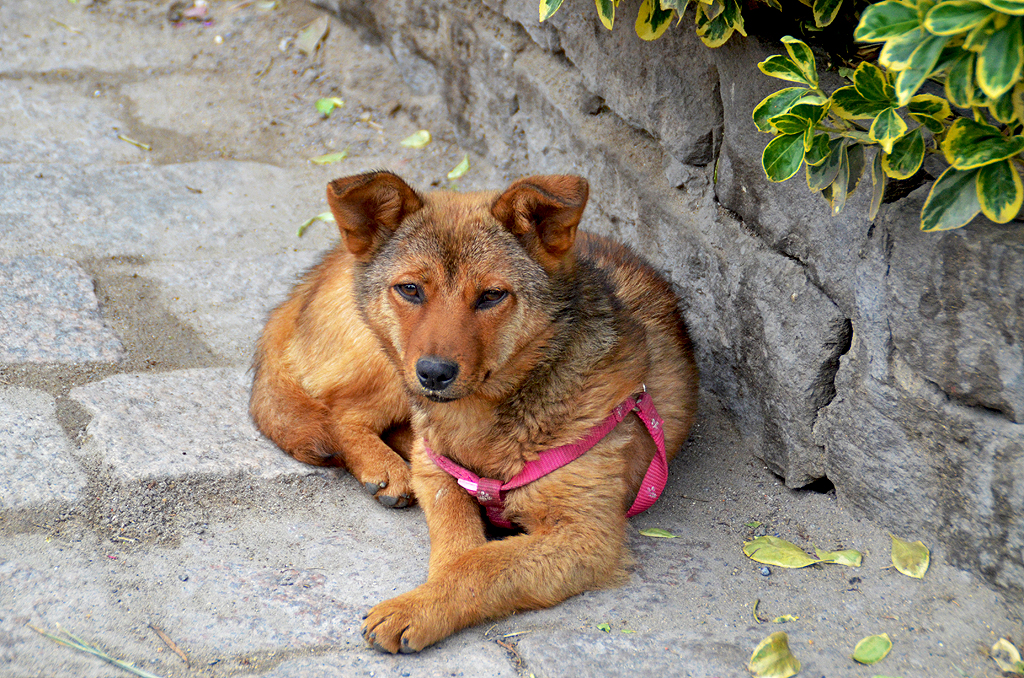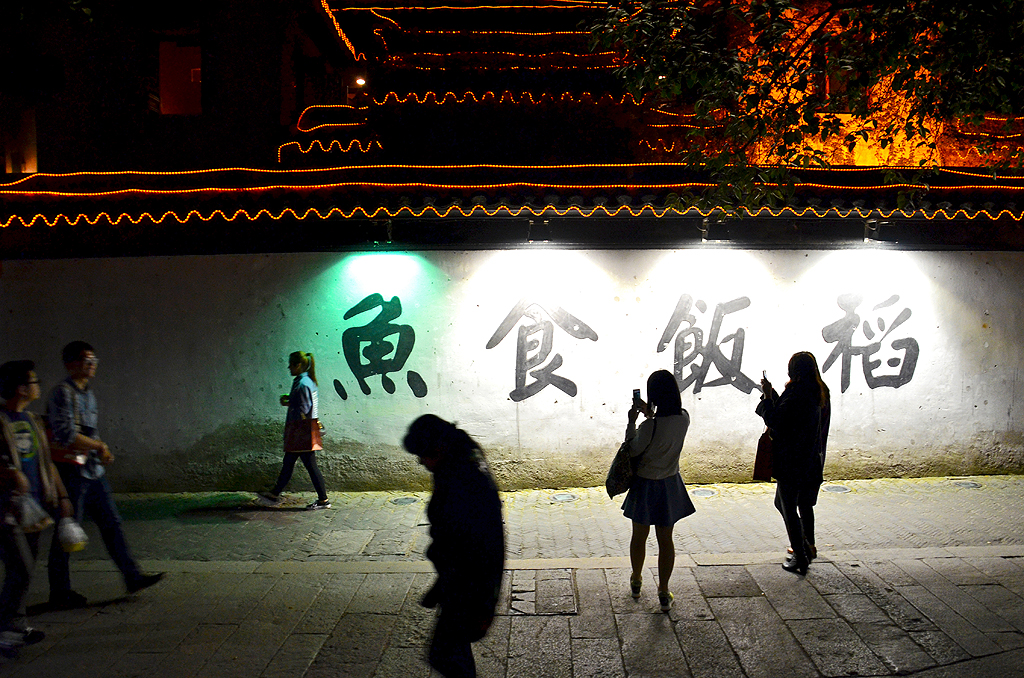PINGJIANG LU
Our Suzhou adventures have been broken into three parts. This post is the first, about the Pingjiang Lu Historic District.
Suzhou allowed us to finally sleep late. Pingjiang Lodge was as tight as a drum, its 400-year-old walls keeping us well insulated from street noise. We relished the quiet ritual of morning—reading books as the tea steeped, listening to the workers sweeping the large stone breezeways below with bamboo whisks until hunger finally nudged us out the door. We passed through the lantern-lit hallways, stepped out of the inn’s wooden gates and into the cool morning air.
Coffee was the first order of business—a sort of ritual we consider a staple for meandering through a foreign place. The Fox Star café was a two-story affair in a rickety building that overlooked the canal and streets. We considered our options for the day as the beaming patron set large, steaming mochas in front of us. Should we explore historic landmarks? Take a boat tour of the canals? Wander one of the many fabled gardens?
Suzhou’s shops are a nice change from the sleek shopping districts of Shanghai–comfortable and quirky, some a bit worn but filled with things that piqued our interest more than the plastic toys, fake handbags and repetitive trinkets of the metropolis. Leisurely, we perused portable bamboo tea sets, Communist propaganda notebooks, hand-drawn wall maps and postcards, calligraphy stamps, antiquities.
For lunch, we returned to Pin Von, an outstanding eatery that we had stumbled on the day before. A ruddy-cheeked cook grunted and urged us towards a table before chucking Old-Testament sized menus at us, thick and glossy with full-color photos. The tiny eatery clattered with famished patrons. At an adjacent table, two girls chatted loudly while drinking out of gigantic coconuts with straws and slurping savory-smelling bowls of dumpling soup. When the cook returned, we tapped photos of seasoned snake with peppers, cilantro and onions, pork bao and steaming glasses of rose water tea.
After lunch, we walked north toward the busy thoroughfare of Dongbei. We spied a sign for Tourist Information on the corner and ducked into an air-conditioned office replete with maps and brochures, complimentary water, restrooms and ATM.
When we inquired about the one thing we had been thus far unable to find in Suzhou—a map of any kind in English—the smiling attendant referred us to a large, foldable map with subtitles in English beneath all the landmarks. No Mandarin? No problem. We traced a path to the Humble Administrators Garden, only a few blocks north, tucked away our precious map and were off.





































